Production dev Blog 5
Welcome back to the Steel Specter Production Blog.
I’m Daniel Lee, the producer of the project. In this Sprint 5 update, I’m excited to share how our team identified and addressed several issues in the game. Steel Specter is a fast-paced first-person shooter developed for PC. One of the key features of the game is the player’s ability to hack into and take control of enemy bodies, allowing them to swap weapons and abilities. The primary goals of Sprint 5 were to revise the level design, create environmental models for Level 1, implement a stagger system, refine the UI/UX, and develop animations for each mech.
Modeling
The modeling team worked on creating various props and assets that enhance the realism of the city, which is set in a cyberpunk backdrop. Level 1 consists of areas such as a subway station, a burning, ruined city, and a slum district. Rather than relying on modular walls, the team created base buildings and then developed variations to fill out the environment. They created environmental props inspired by real-life cities like New York to populate the wide-open world. The team developed modular subway walls and related props since the player begins Level 1 at a subway station. As players move past the subway area, they encounter wide roads surrounded by buildings, including brightly lit neon signs and slum-inspired structures. You can see the completed assets from the modeling team below.
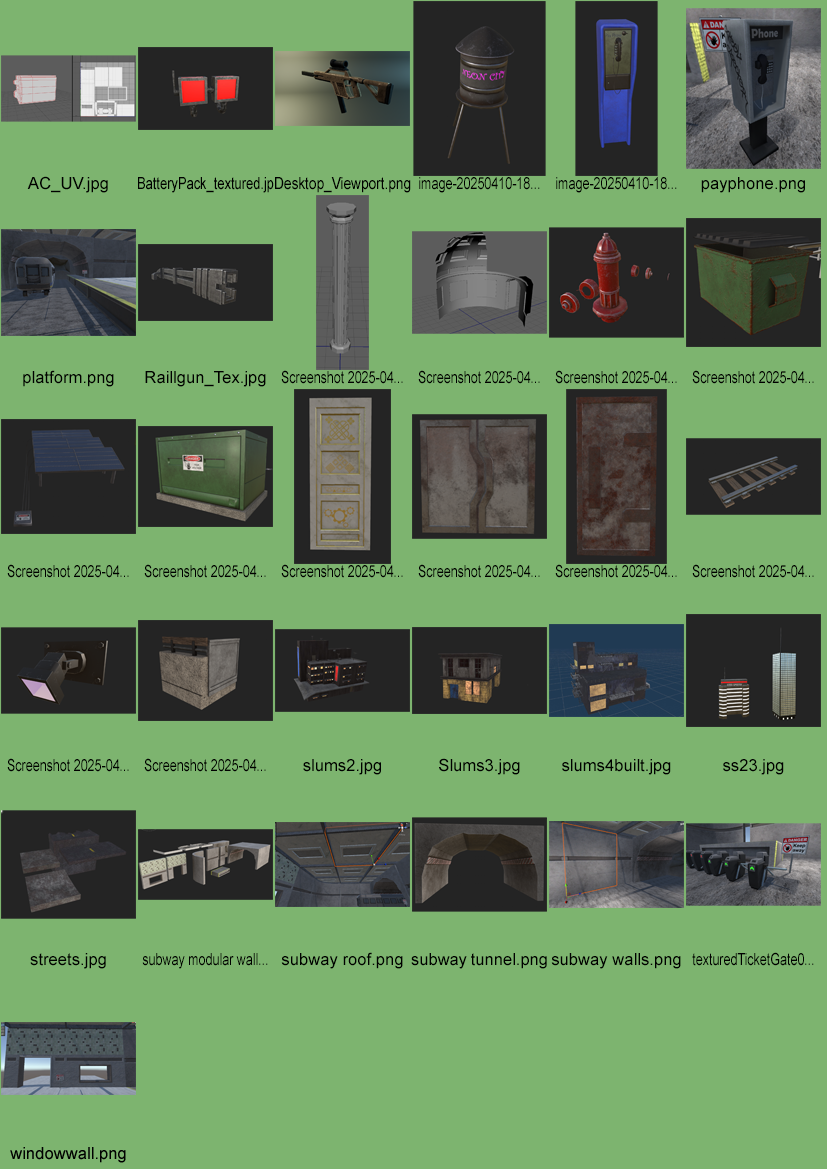
Level Design
Based on feedback from playtests and our professor, we decided to revise parts of the Level 1 and tutorial level designs. Previously, too many platforms between buildings forced the player to use jump mechanics constantly. To improve flow, we removed unnecessary platforms and designed encounters where players fight enemies between objects instead. We also restructured the level to help players more easily navigate through the dark environment by guiding them along clearer paths. The level designer re-baked the NavMesh and rearranged the blockout to improve overall gameplay. You can check out the revised level design work in the images below.
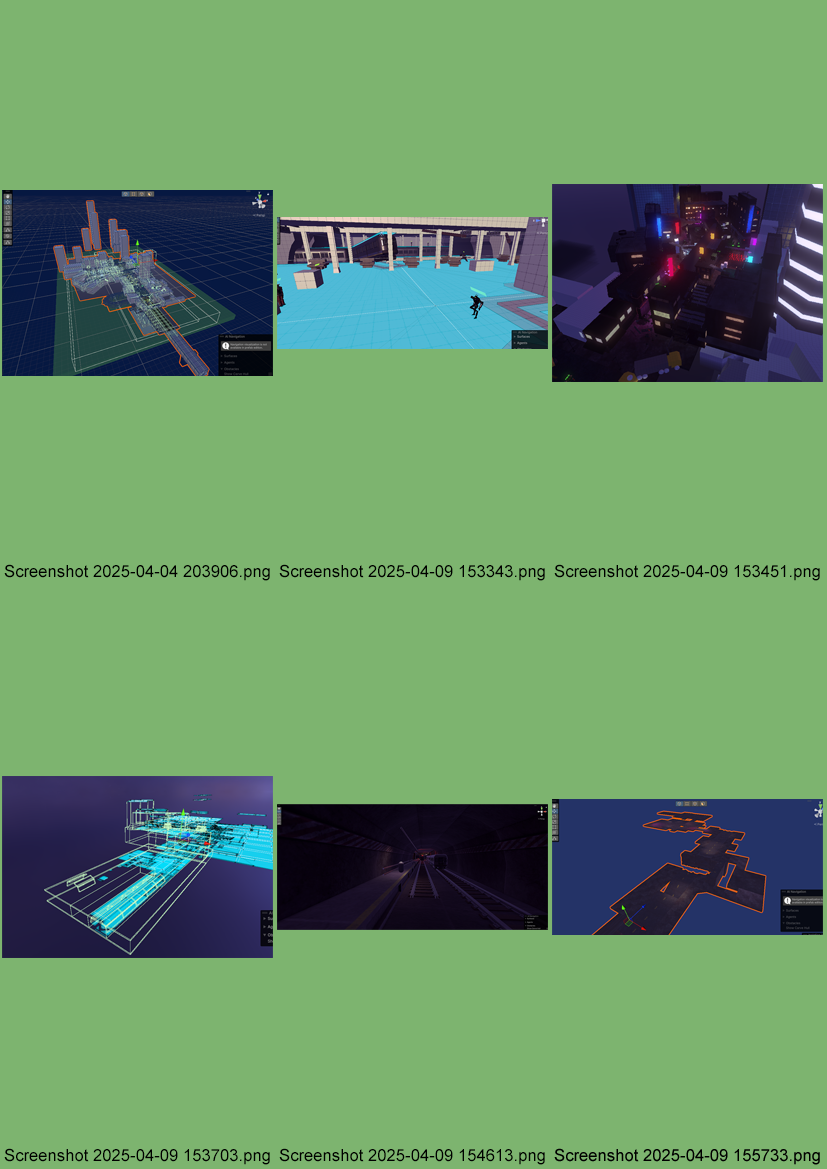
Programming
The programming team worked on systems that strengthen Steel Specter’s core gameplay loop and make the experience more engaging and immersive. The core loop centers on the hacking system, and to encourage players to use it more strategically, a stagger system was introduced. With this system, enemy mechs freeze in place after taking a certain amount of damage, giving the player a chance to hack them more easily. This added a layer of decision-making to combat. Additionally, if a player hacks an enemy with low HP, they can absorb that HP—further encouraging smart target selection. The team also implemented several UI features: UI scaling across different monitor resolutions, a Level selection screen, Sliders for adjusting sound and brightness in the settings, and Functional UI elements like a death cam and pause menu. Lastly, they integrated animations made by the animation team, including Light and Heavy mech animations, which brought more life to enemy movement. The player’s shooting animation was also added, allowing for more responsive combat visuals. Check out a few of the implemented features below.
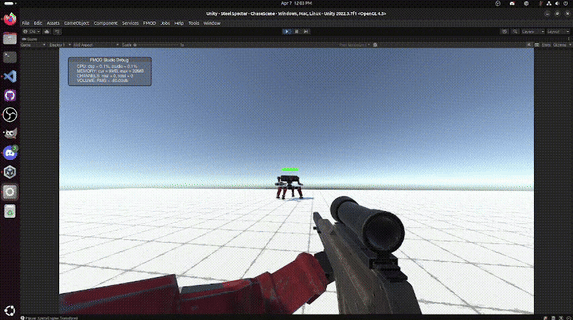
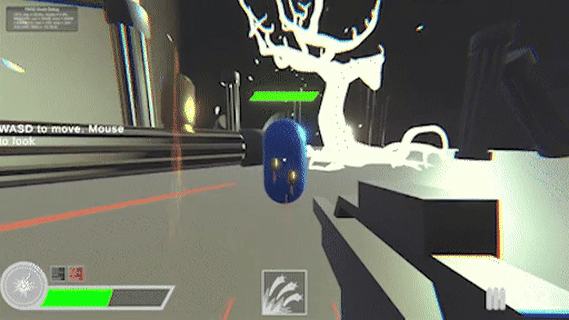
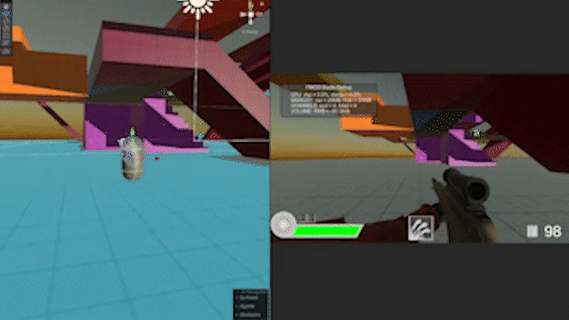

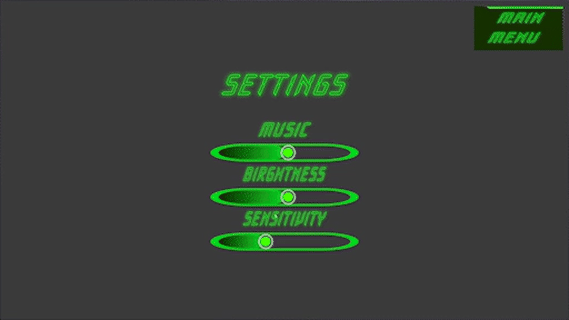
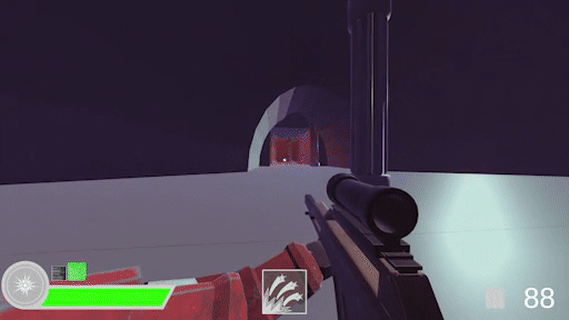
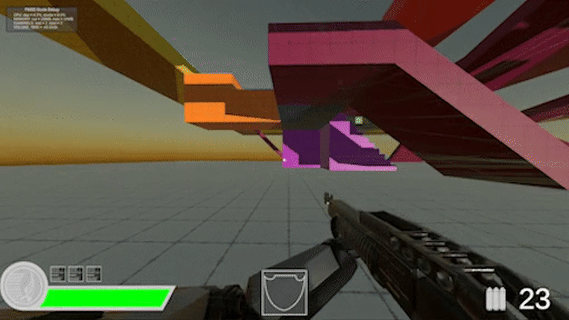
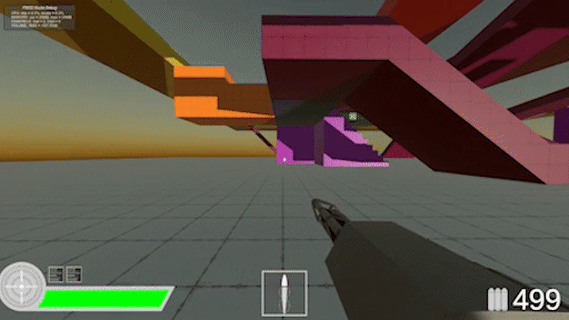
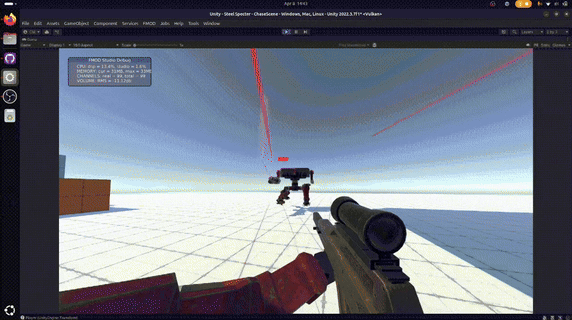
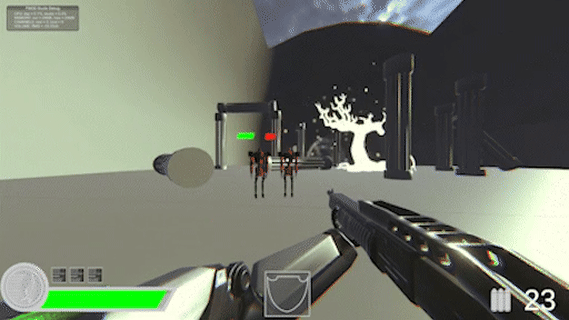
2D Art & Animation
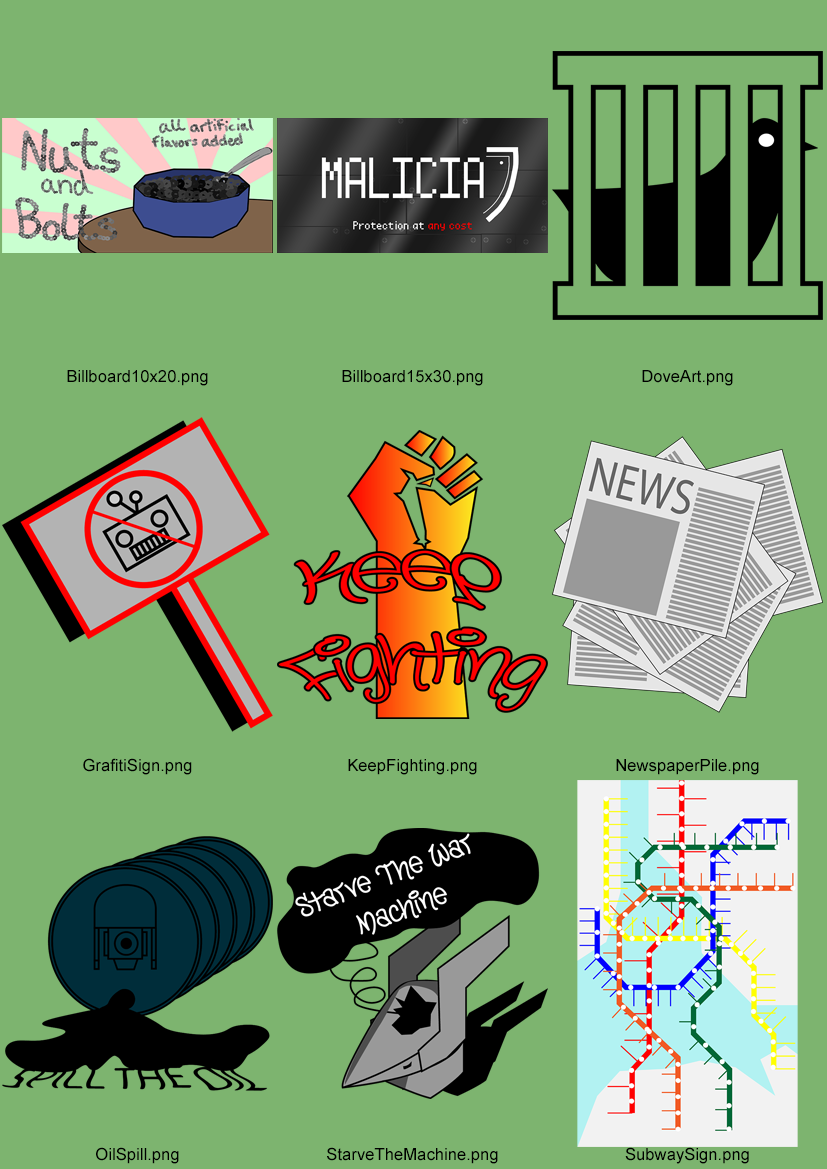
The 2D artist created various decals to be placed across the map. Using anchor points, they also generated signage textures in 3D Painter that can be applied to props.
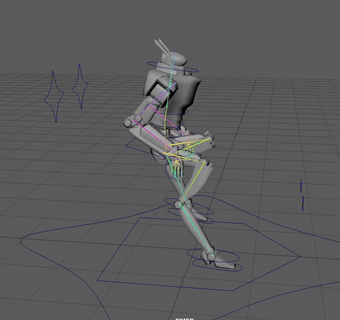
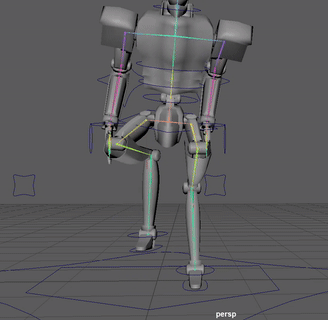
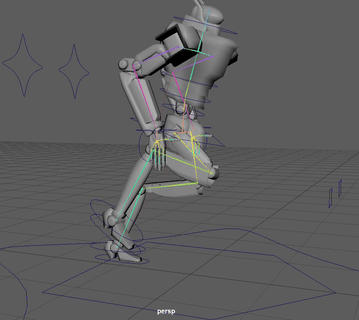
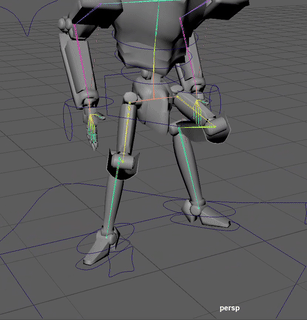
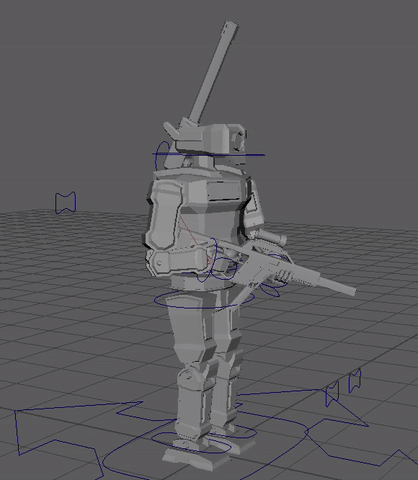
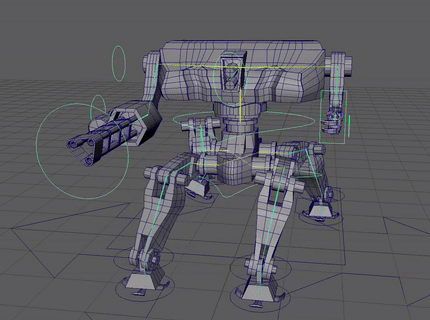
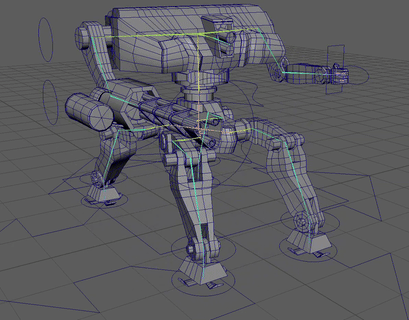
The animation team completed movement animations for the Light and Medium mechs. They rigged and animated movement directions like front, side, back, and tilts to ensure smooth, natural motion. Each mech now moves in a way that suits its class and role in the game.
Sound
https://drive.google.com/drive/folders/1yRuE1tGfF0goShnPCcasCrpuVD_U20Zh?usp=dri...
The sound designer created a variety of effect sounds for when the player uses hacking on enemies. These include sounds for successful hacks, failed hacks, the hacking process itself, and weapon-related sound effects.
Conclusion
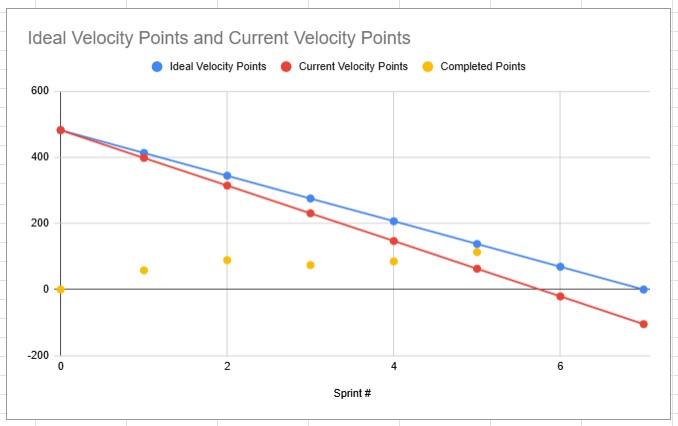
During this sprint, our team made significant progress toward a more complete version of Steel Specter. Out of 177 story points, we completed 113. Our actual velocity was 83.8, surpassing the ideal velocity of 68.9. Based on this pace, we are confident that all tasks will be completed in Sprint 6. In Sprint 6, players will be able to experience the fully implemented game systems and environmental models. Once implementation is complete, we plan to identify and fix bugs or improve the overall quality of art and models where possible. Thank you for following our development journey—we’re excited to share the future of Steel Specter with you!
Get Steel Specter
Steel Specter
A Boomer Shooter for where the player can hack into and possess enemy bodies
| Status | In development |
| Authors | CAGD, Fun_Police02, Daniel Lee, Chase |
| Genre | Action, Shooter |
| Tags | 3D, Arcade, Fast-Paced, First-Person, Hacking, Mechs, Sci-fi, Singleplayer |
More posts
- Procution Blog PostmortemMay 09, 2025
- Behind The ScenesMay 09, 2025
- Dev Blog Post MortemMay 09, 2025
- Dev Blog 5Apr 16, 2025
- Production dev Blog 4Apr 03, 2025
- Dev Blog 4Apr 03, 2025
- Dev Blog 3Mar 13, 2025
- Production dev Blog 3Mar 07, 2025
- Dev Blog 2Feb 26, 2025
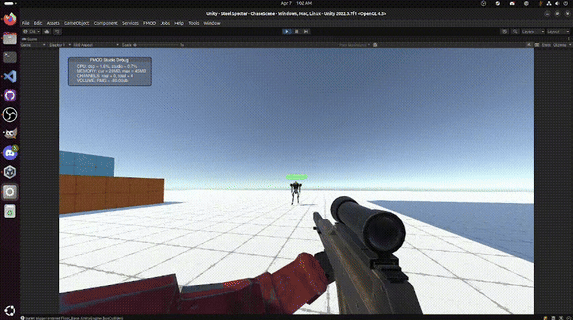
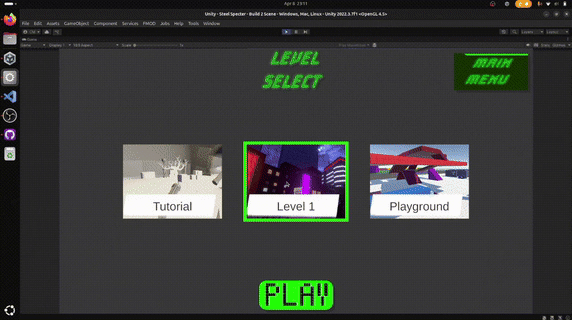
Leave a comment
Log in with itch.io to leave a comment.